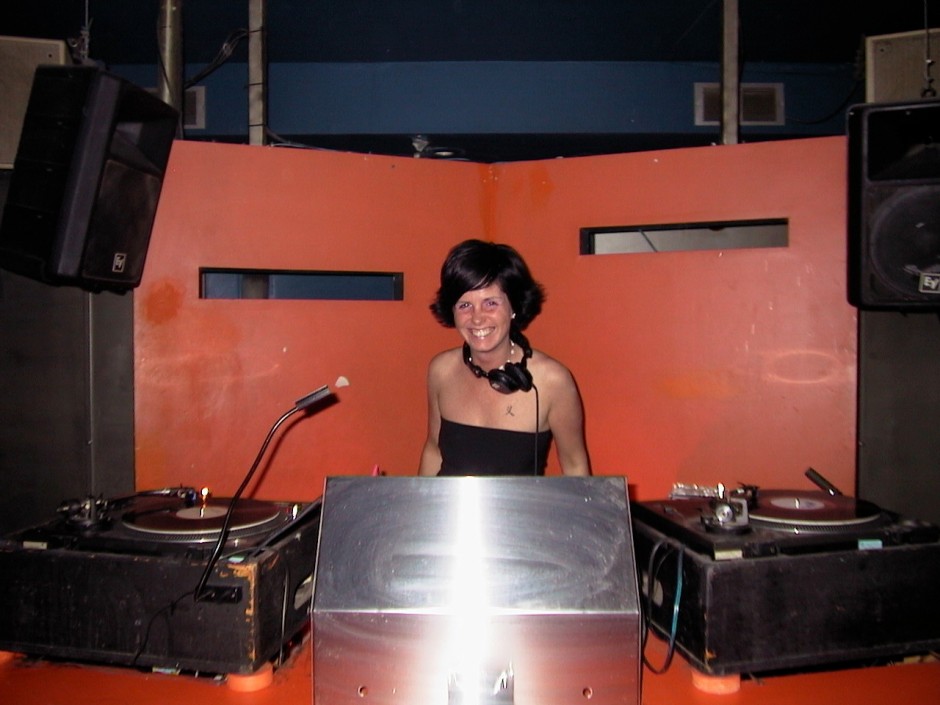Ruckus tears up Turbo. Photo by Jay Futronic.
Article originally published September 24, 2012 by The Grid online (thegridto.com).
360 Adelaide St. W. has had many incarnations over its 90-year-plus existence, but it is best remembered as the home of Toronto’s burgeoning drum ‘n’ bass scene in the early 2000s.
BY: DENISE BENSON
Club: Turbo Niteclub, 360 Adelaide W.
Years in operation: 2000-2003
History: Built around 1920, the six-storey red brick office building at 360 Adelaide St. W. has been home to multiple dance clubs, many of them owned and operated by Vincent Donohoe. He’d opened Top 40 venue Denile at the address in 1997, a time when the Entertainment District was synonymous with nightclubs, but Donohoe was no newbie. He’d already helped finance Charles Khabouth’s first two clubs in the 1980s—Club Z at 11A St. Joseph and Stilife on Richmond—and run other businesses.
“Although Charles Khabouth never seems to want to let people know, I was a full partner in Club Z and the money behind Stilife,” writes Donohoe in an email. “He was broke when I met him, and at one time I owned two thirds of Club Z. I also helped put together Orchid Nightclub [on Richmond Street], and was general manager for their first three years, until I built Denile.”
Donohoe’s one-floor Denile later morphed into Jet Nightclub, a hybrid venue that held successful commercial nights, and was regularly rented out by rave production companies like Ritual, Empire, and Lifeforce Industries for much more underground, after-hours events.




